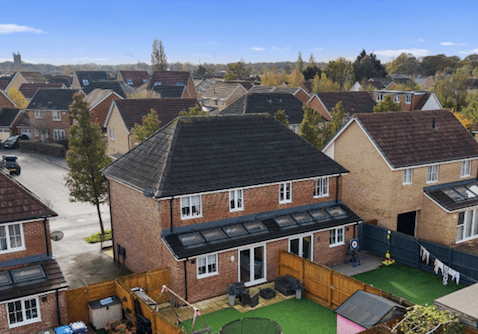
When buying a second residential property as an individual or any residential property as a company, you are liable to pay an extra 3% stamp duty land tax.
However, there is the possibility that a property purchaser may not need to pay this if certain exemptions apply.
Too derelict to be a dwelling?
One exemption applies when you are buying a residential property that is classed as ‘no longer habitable as a dwelling’. HMRC specifically mention ‘dereliction’ as a keyword and makes it clear that there is a difference between a derelict property and a property which is simply in need of repair.
There are a small minority of buildings that are derelict enough to be considered uninhabitable and therefore no longer classed as a dwelling. The case of Bewley v HMRC (2019) has recently resulted in favour of the purchasers in question. Mr Bewley had purchased a bungalow and a plot of land through a company. The purchasers sent off a tax return on the basis that the residential property had no boiler, no heating and asbestos all around the property. Mr and Mrs Bewley, therefore, demolished the property and built a new home. The bungalow benefitted from planning permission for the demolition of the existing dwelling and replacement with a new dwelling.
The purchasers argued that the property was not a ‘dwelling’ and produced evidence to show that it was in a derelict state and therefore, not suitable for residential purposes. The Tribunal found that in fact the building was not suitable to be used as a dwelling and it was not used as a dwelling at the time of the purchase and so, was classed as a non-residential property.
Consequently, the test for the higher 3% rates of SDLT is whether the building is used as or is suitable for use as a residential property at the point of purchase. If the property is not suitable for residential purposes, the higher rates of SDLT cannot apply.
Contact us now via whatsapp: https://wa.me/447476926233
Our Facebook and Whatsapp Groups: https://livinintheuk.com/archives/42/
Understand more:






